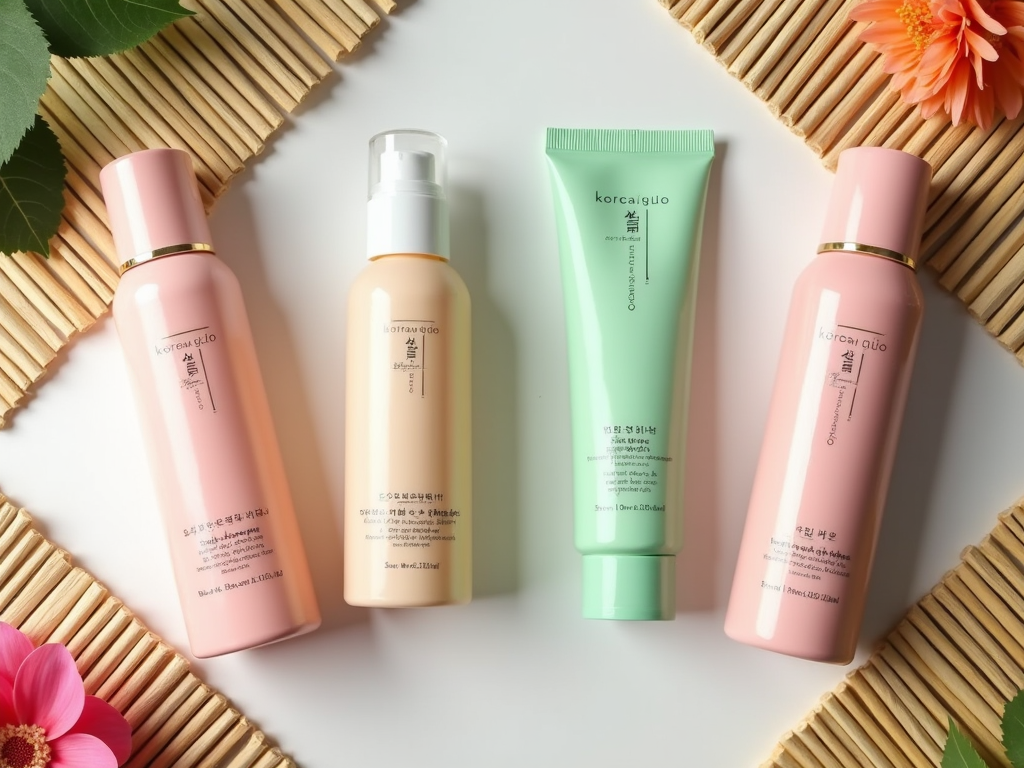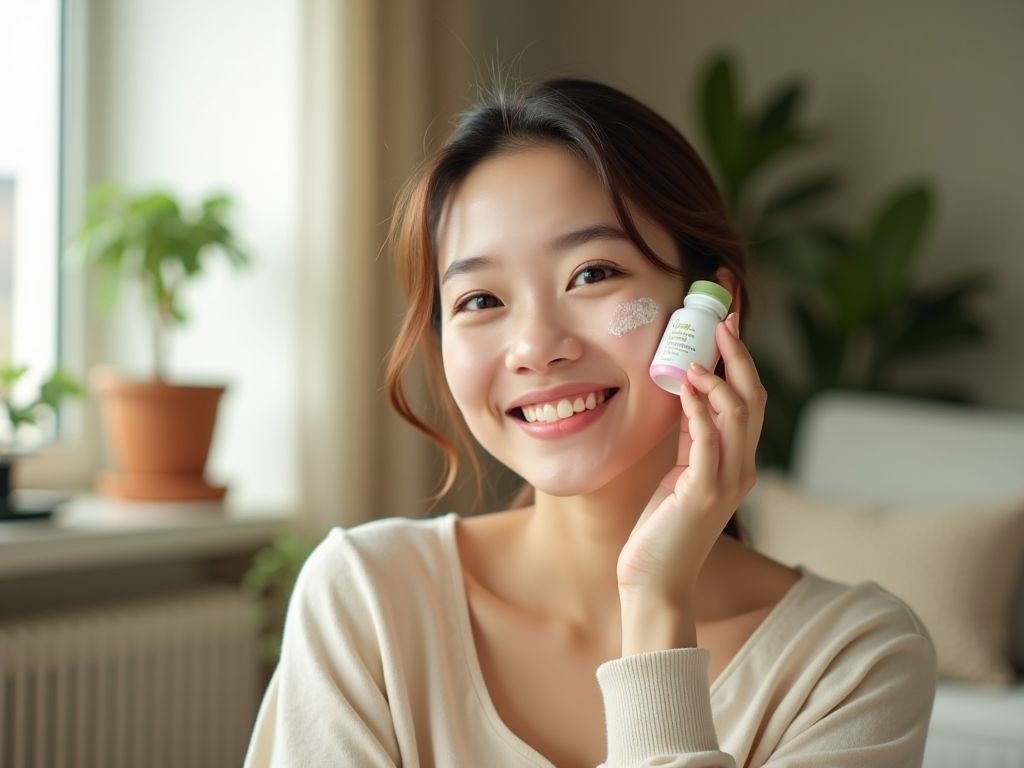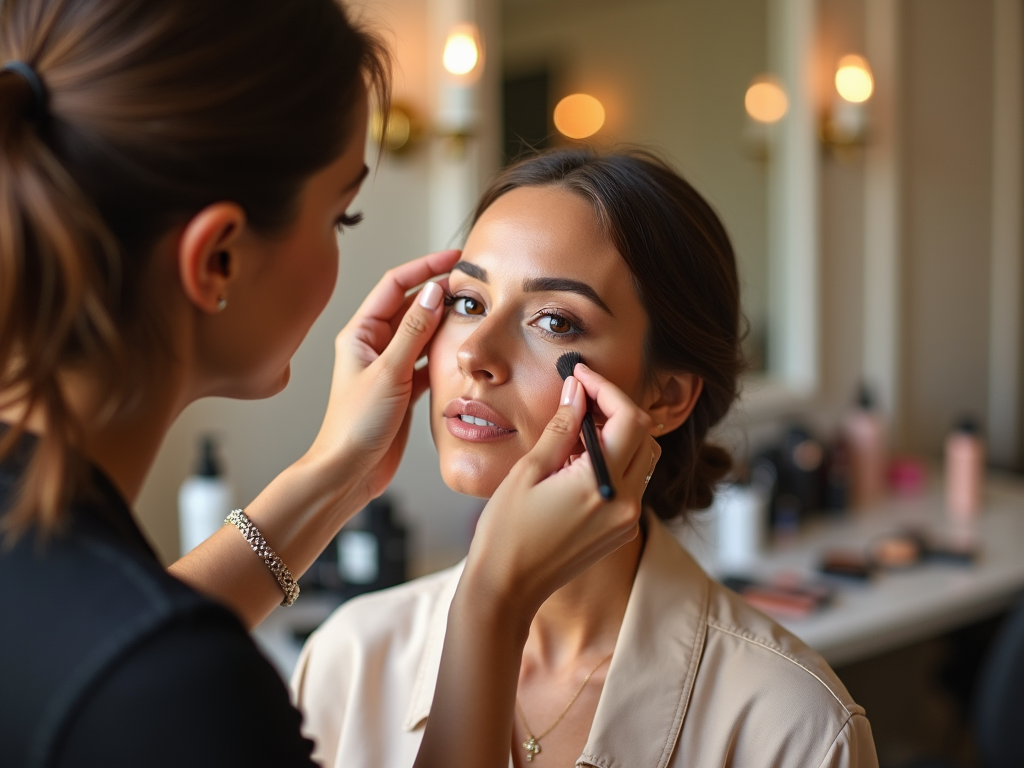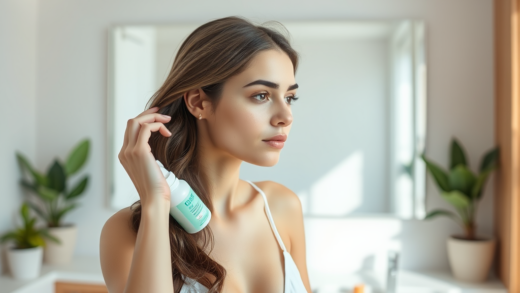In today’s beauty landscape, consumers are becoming increasingly discerning about their choices in cosmetic products. The dramatic rise of Korean cosmetics has led many to explore and understand the differences between these products and their Western counterparts. The allure of K-beauty is not merely in its visually appealing packaging or catchy marketing strategies; it lies in a deeper philosophy that celebrates health, skincare, and innovation. Meanwhile, Western cosmetics maintain a rich heritage but often focus more on makeup and less on foundational skin health. This article aims to dissect these differences comprehensively, providing a clear understanding for consumers who want to know what works best for their unique beauty needs.
Korean cosmetics often prioritize a holistic approach to beauty, emphasizing the importance of a well-nourished skin base over the application of heavy makeup. This stands in stark contrast to many Western brands, where the focus has historically been on concealing imperfections rather than enhancing natural beauty. The multi-step skincare routines commonly found in Korean beauty regimens contribute significantly to their efficacy. By layering products that feature a plethora of active ingredients, users can achieve radiant, healthy skin that requires minimal makeup. Furthermore, brands like Sulwhasoo and Laneige pave the way in providing consumers with innovative solutions tailored to various skin types.
Philosophical Approach to Beauty

The differing philosophies behind Korean and Western cosmetics significantly influence how consumers approach beauty routines. While Korea embraces a skincare-first mentality, Western brands have often celebrated makeup as the primary means of achieving beauty. In Korea, the philosophy entails treating the skin with the utmost care and using makeup as an enhancement rather than a necessity. This understanding cultivates a culture of experimentation and exploration of various products, encouraging consumers to layer different formulations.
The priority placed on skincare in Korean cosmetics leads to an impressive range of products designed specifically for layering. For instance, here are some common categories found in a Korean skincare regimen:
- Cleansers
- Exfoliants
- Essences
- Serums
- Moisturizers
- Sunscreen
Product Ingredients and Formulations

Ingredient selection is another difference that sets Korean and Western cosmetics apart. Korean brands are renowned for their use of innovative and often surprising natural substances, which can include elements like ginseng, green tea, and fermented rice. This focus on unique and potent ingredients allows brands to develop products that promise various benefits, from hydration to anti-aging. Among the leading innovations are ingredients that adapt to various skin needs, making them effective for a wide range of consumers.
The fusion of natural ingredients with scientific research and technology is a hallmark of the Korean cosmetics industry. Unlike Western brands, which often rely on established chemicals and formulations for efficacy, Korean products are continually evolving. This dynamic shift toward modernization has led to the emergence of successful brands that focus on collaboration between nature and science. The table below illustrates some common ingredients found in both cosmetic categories, showcasing their unique properties and applications.
| Ingredient | Korean Beauty | Western Beauty |
|---|---|---|
| Aloe Vera | Hydrating, soothing properties, commonly found in essences. | Often used in gels and moisturizers to calm the skin. |
| Snail Mucin | Known for its repairing and anti-aging benefits, popular in serums. | Less common, often replaced with retinoids or peptides. |
| Niacinamide | Enhances skin barrier and reduces dullness, popular in toners. | Widely used in serums and creams for its brightening properties. |
The Application and Use
Another area of distinction lies in the application methods and routines associated with both Korean and Western cosmetics. The Korean beauty regimen is quintessentially characterized by the so-called “multi-step routine,” which can involve up to 10 products or more. This ritual not only nurtures the skin but also becomes an enjoyable part of the daily self-care process. On the other hand, Western beauty routines may favor efficacy through simplicity and often focus on fewer essential products.
A typical Korean skincare routine may include the following steps:
- Double cleansing to ensure all impurities are removed.
- Exfoliating to slough off dead skin cells.
- Applying toners for extra hydration and pH balance.
- Using essences and serums targeted to specific skin concerns.
- Moisturizing to lock in all previous layers.
- Utilizing sunscreen during the day for protection.
Packaging and Marketing
Korean cosmetics often stand out in stores significantly due to their vibrant and playful packaging. Brands leverage this aesthetic appeal to capture the attention of younger consumers, integrating cute illustrations and unique styles into their products. On the contrary, Western cosmetic brands usually present a more refined, minimalist approach that often embodies a sense of luxury and sophistication. This difference in branding serves to attract different demographics and consumer psychology.
Price Points and Accessibility
An essential aspect of consumer choice relates to price and accessibility between the two categories of cosmetics. Korean brands are generally more affordable, allowing consumers to experiment with a variety of products without a significant financial burden. Many consumers find that they can invest in multiple products within a single purchase, thereby enhancing their skincare routine dramatically. Meanwhile, Western brands can often be pricier due to established brand heritage, marketing costs, and perceived value in quality.
Conclusion
As the discussion surrounding beauty products continues to evolve, understanding the fundamental differences between Korean and Western cosmetics empowers consumers. The meticulous care in formulation and philosophies behind K-beauty offers a distinct contrast to the more straightforward, sometimes luxurious marketing seen in Western products. When choosing cosmetics, diverse factors such as routine complexity, ingredient innovation, and packaging aesthetics come into play. Whether opting for Korean formulas that celebrate skin health or Western products that emphasize effective makeup solutions, the beauty world is vast and varied. Ultimately, consumers should explore and find what resonates with their skincare ideals and beauty aspirations.
Frequently Asked Questions
- What are the core differences in ingredients between Korean and Western cosmetics? Korean cosmetics often incorporate natural and innovative ingredients, such as aloe vera and snail mucin, while Western products might use more traditional chemicals like acids and retinoids.
- Is the multi-step skincare routine exclusive to Korean cosmetics? While the multi-step routine is a hallmark of Korean skincare, some Western brands are also beginning to incorporate similar practices, although they generally follow a simpler approach.
- Why are Korean cosmetics often cheaper than Western ones? Korean brands often focus on mass production and affordability, allowing them to offer competitive pricing without sacrificing quality.
- Can I mix Korean and Western cosmetics in my routine? Yes, many people successfully combine products from both categories to customize their skincare and makeup routines according to their individual needs.
- Are there any specific skin types that benefit more from either Korean or Western cosmetics? Both Korean and Western cosmetics cater to a variety of skin types. Korean products often target hydration and nourishment, making them ideal for dry or sensitive skin, while Western products may focus on targeted treatment for issues like acne and oiliness.


